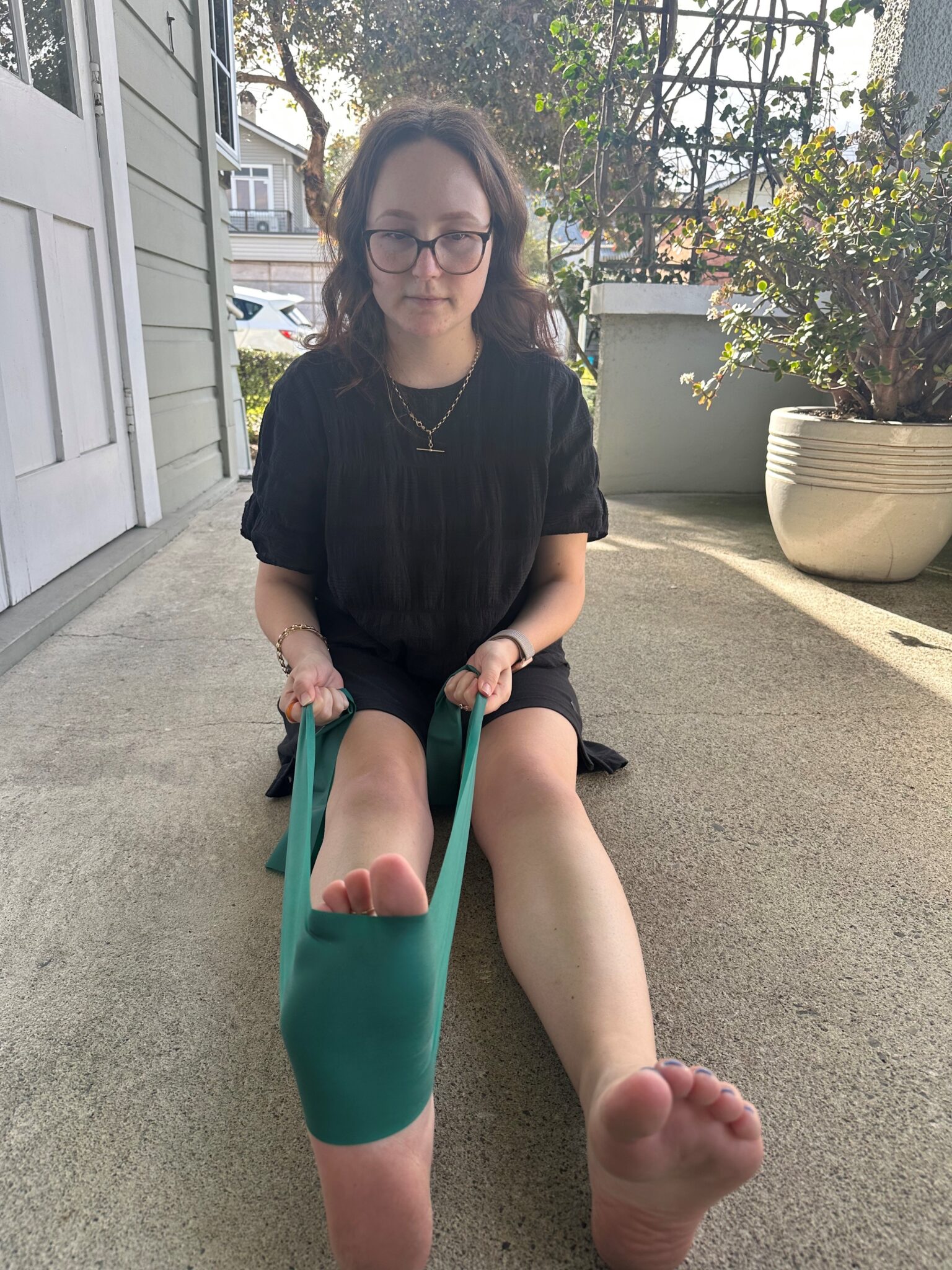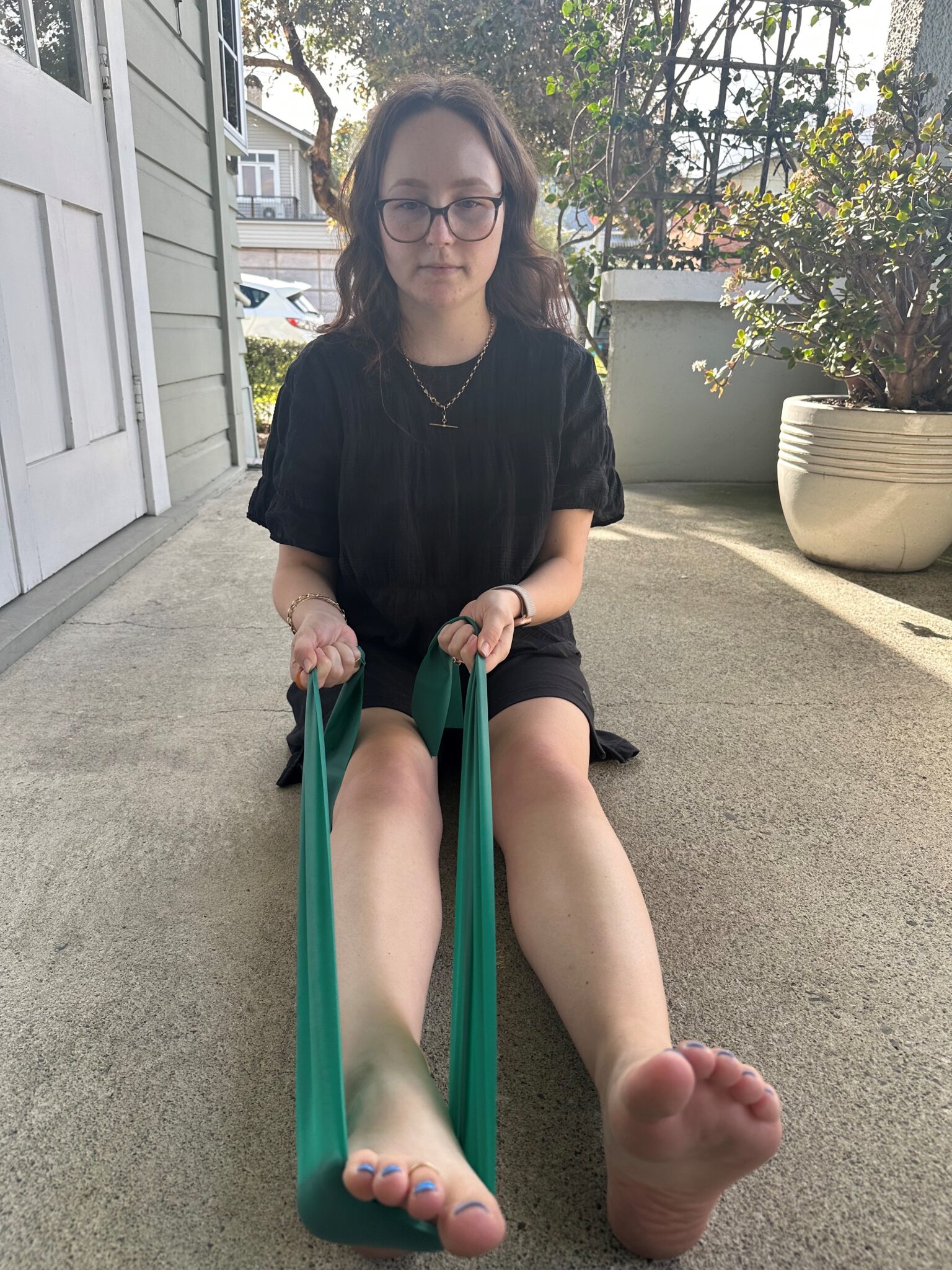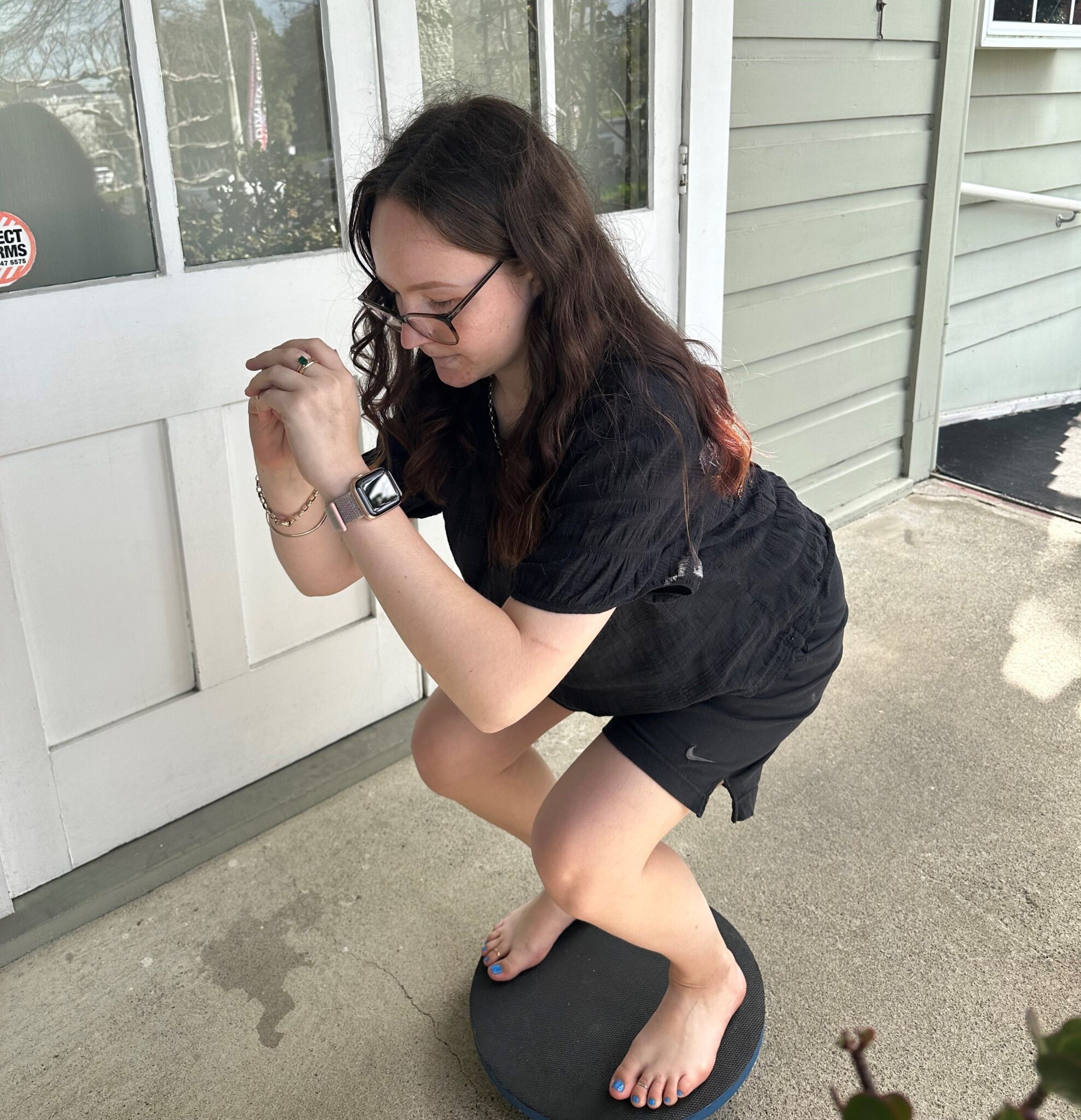Stability is Mobility: How to Prevent Falls
Falls are a common issue, especially among older adults, and can result from a combination of factors related to strength and mobility. Maintaining balance and preventing falls depends heavily on the strength of key muscle groups and the overall mobility of joints and the body.
When it comes to falls the key points for prevention are the mobility in the ankles and knees. These parts of the body have such a huge impact on the way we stand and the way we catch ourselves when we fall but caring for our ankles and knees can often be overlooked.
Muscle strength is crucial for maintaining stability and balance. As people age, they often experience a decline in muscle mass and strength, particularly in the lower body. This can weaken the muscles responsible for supporting the body's weight and controlling movement, such as the quadriceps, hamstrings, and calf muscles. Weak muscles may struggle to stabilise the body during walking, standing, or sudden movements, increasing the likelihood of losing balance and falling. Additionally, the core muscles, which include the abdominal and back muscles, play a vital role in maintaining posture and balance. Weakness in these muscles can lead to poor posture and an increased risk of falling.
How does mobility in the ankles and kness help in every day life?
When it comes to our ankles, good mobility is being able to stretch your foot towards and away from the shins. These movements are called Dorsiflexion and Plantarflexion. Being able to create good Dorsiflexion and Plantarflexion stretches relieves the knees, hips and lower back from having to take on more strain in a situaton where you find yourself trying not to fall.


While the ankle is important to catching yourself from a fall, the knee is even more vital. The knee is consistantly used in every day life, it is the body's largest joint and is involved in the majority of your daily movements. A lack of mobility in the knee can cause stiffness and pain in the knee as well as similar symptoms occuring in the hips and lower back. By showing a bit of love to one of your hardest working joints, you could save yourself from a bit of pain down the line.
How to increase mobility in your ankles and knees?
Increasing mobility relies on working on the flexibility of the ankles and knees. For our Ankles, this mean practicing Dorslifexion and Plantarflexion stretches to increase mobility in our muscles like the tibialis anterior and the plantaris. Then when it comes to the knees the focus should be on stretching the front and back thigh muscles, the quadriceps and hamstrings, and the inner and outer thigh muscles, the adductors and abductors.
If you are at an age where the risk of falling is increased or have a history of being fall prone, remember that mobility is stability! When working on the muscles that make the useful movements in the ankles and knees, stability increases because the ability to move to prevent falls increases.

Improve your balance and get moving with Nymbl. It helps build up the strength in the muscles in your ankles, legs, and knees.
Nymbl users across the world are improving their balance, and reducing their fall risk, in the comfort and safety of their homes.
If you feel wobbly on your feet or likely to fall, get in touch
Providing the people of Waikato with a centre of podiatry excellence

